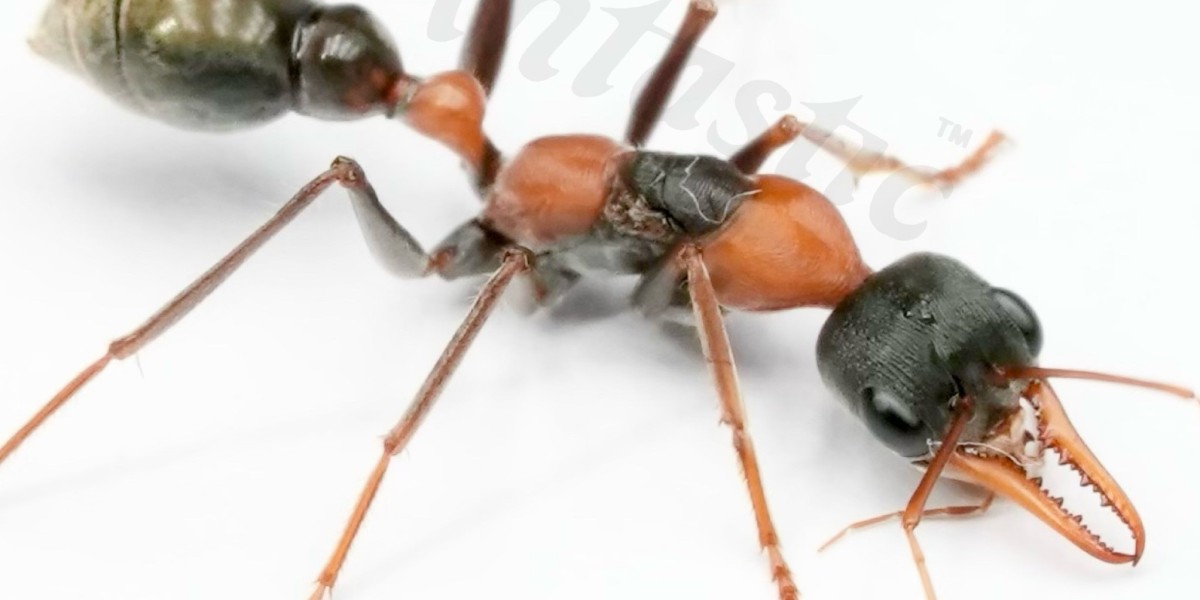Introduction to the Bull Ant
Bull ant, scientifically known as Myrmecia, belong to the genus of predatory ants native to Australia. Their name, "bull ant," aptly reflects their robust and aggressive nature, reminiscent of the charging force of a bull. These ants are celebrated for their large size compared to other ant species, with some individuals measuring up to 40 millimeters in length, making them one of the largest ants in the world.
Morphology and Physical Characteristics
The bull ant's imposing physique is one of its most striking features. Sporting powerful mandibles and a sleek, streamlined body, these ants are built for strength and efficiency. Their distinctively large eyes grant them keen vision, crucial for their predatory lifestyle. Their coloration varies, ranging from shades of black and brown to reddish hues, camouflaging them effectively in their natural habitats.
Habitat and Distribution
Bull ants are predominantly found in Australia, inhabiting a diverse range of environments from forests and woodlands to urban areas. They construct their nests in soil or beneath rocks, displaying remarkable adaptability to different landscapes. Despite their prevalence in Australia, some species of bull ant have also been identified in parts of New Guinea.
Behavior and Social Structure
In the intricate hierarchy of the ant world, bull ants exhibit a fascinating social structure. Unlike many other ant species, they are primarily solitary hunters, with colonies consisting of fewer individuals compared to their counterparts. These ants are fiercely territorial, defending their nests and foraging territories with unwavering determination. Their hunting prowess is legendary, with bull ants preying on a variety of insects and even small vertebrates.
Unique Adaptations and Abilities
One of the most remarkable adaptations of bull ants is their potent venom. Equipped with venom glands and a stinger, they use their venomous sting both as a means of subduing prey and defending their colonies. For humans, a bull ant sting can be extremely painful, causing intense burning and swelling. However, despite their formidable arsenal, bull ants typically only resort to stinging when provoked or threatened.
Ecological Importance
Beyond their awe-inspiring presence, bull ants play a crucial role in their ecosystems. As efficient predators, they help regulate insect populations, contributing to the balance of local ecosystems. Additionally, their nesting behaviors aerate and enrich the soil, facilitating plant growth and nutrient cycling. Thus, bull ant are not just fearsome predators but also essential contributors to the ecological tapestry of their habitats.
Interactions with Humans
For many Australians, encounters with bull ants are a familiar part of life, particularly in rural and bushland areas. While their stings can be painful, these ants are generally not aggressive towards humans unless provoked. However, it's essential to exercise caution and respect when encountering bull ants, as disturbing their nests can lead to defensive behaviors.
Conservation Status and Threats
Despite their resilience, bull ants face various threats, primarily due to habitat destruction and fragmentation. Urbanization and agricultural expansion encroach upon their natural habitats, diminishing their foraging territories and nesting sites. Climate change also poses challenges, altering the landscapes they depend on and impacting their prey populations. Conservation efforts aimed at preserving their habitats and raising awareness about their ecological importance are crucial for ensuring the continued survival of these remarkable insects.
Conclusion
In the intricate tapestry of Australia's biodiversity, the bull ant stands as a symbol of strength, resilience, and adaptability. From its imposing physical presence to its remarkable hunting prowess, this formidable insect commands respect and admiration in the natural world. As we strive to coexist harmoniously with the diverse creatures that share our planet, understanding and appreciating the role of species like the bull ant is essential. Through conservation efforts and responsible stewardship of our environment, we can ensure that these mighty insects continue to thrive for generations to come.



